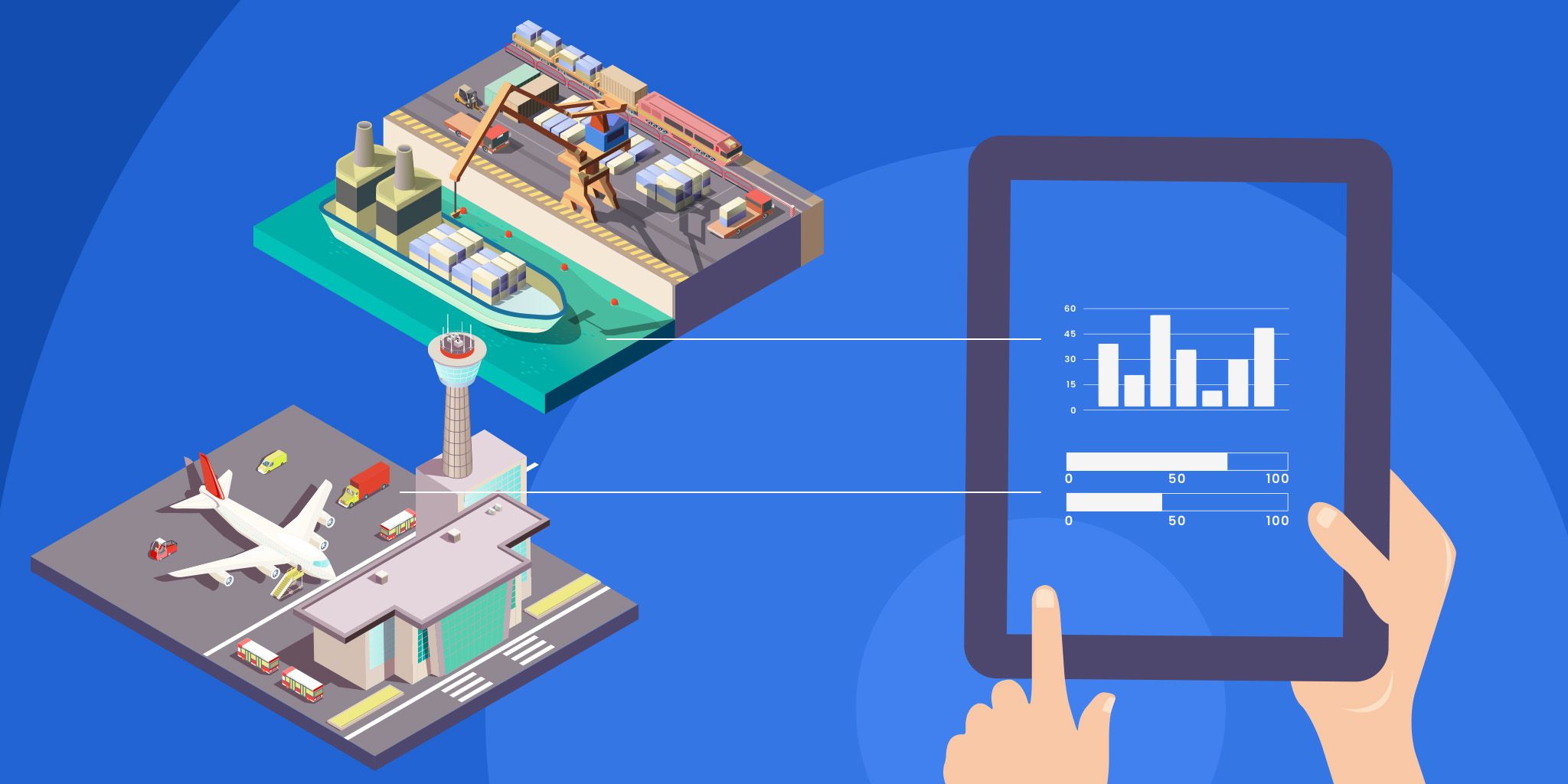Beverage Coolers: How IoT Is Shaping Low-Value Asset Management
Beverage Coolers: How IoT Is Shaping Low-Value Asset Management
- Last Updated: December 2, 2024
Staycold International
- Last Updated: December 2, 2024



IoT can improve asset management for low-value assets such as beverage coolers. Beverage coolers are relatively low-value assets that are bought in bulk. Buying IoT-enabled coolers can bring up a "risk versus reward" conversation, as they can add 10-15 percent to the upfront cost. An increase this significant requires serious consideration, especially for a low-value asset. The question then becomes do these low-value assets offer enough savings in operating costs to offset the original cost to implement IoT?
'Do low-value assets such as beverage coolers offer enough savings in operating costs to offset the original cost to implement IoT?' -Staycold International
Initial Considerations in Low-Value Asset Management
A good starting point when discussing adding IoT to low-value assets is to look at how the asset is being used. In the case of beverage coolers, producers and bottlers currently own the assets. Many of these companies use beverage coolers as trade marketing assets within their operations. They (asset owners) will buy beverage coolers from a manufacturer and then place them in the trade with their customers (e.g. retailing outlets), to enable the retailer to sell more of their products to the end consumer.
Discussing the lifespan of a low-value asset is also important at this point. If a bottler or producer is looking to purchase a beverage cooler with a seven to ten-year lifespan, then they must factor in the operating costs even though the asset is low-value. These operating expenses may be viewed on a different level on profit and loss sheets than the initial cost, which can make it difficult to see the overall cost of a regular beverage cooler versus a smart beverage cooler. Operating costs including maintenance, loss of asset, servicing, movement, and ancillary costs such as electricity over the cooler's total lifespan could potentially be double or triple what the initial investment was. Even with a low-value asset like a beverage cooler, the lifespan of the asset and its total operating cost weighs heavily in the decision.
If IoT could add 10 percent to the hard cost. Is it possible then, with IoT, to reduce the operating cost by a similar amount resulting in savings over the asset's total lifespan, and more importantly, what metrics can you use to support this?
How IoT Can Reduce Operating Costs
There are three key ways that IoT can bring to be used to reduce operating costs to improve return on investment:
Firstly, IoT allows owners to know where the asset is. The asset owner can see their asset's location at any time which is helpful to reduce the chance of misplacement and theft. Loss of assets can be as high as 10 percent per year, so by knowing the whereabouts of assets in real-time asset managers could proactively reduce this loss by a significant margin. This is especially important considering that bottling companies tend to own a large fleet of beverage coolers, and these coolers may be spread across the globe. Location services can also reduce non-productive calls when trying to track down an asset, such as when a repair person is trying to locate and identify which beverage cooler needs repair.
Secondly, the asset owner can view the condition of the unit at all times. They then can monitor key condition indicators which can improve asset management in a few ways. By continuously monitoring low-value assets, managers can proactively schedule servicing and reduce the possibility of total component failures with predictive maintenance. They can also monitor usage indicators which would guide the asset keeper on how their operation of the unit could be modified to allow for a more “perfect serve” approach. This can reduce energy costs. In the case of a beverage cooler, this could look like keeping the cooler at a higher temperature at night. The temperature would of course still prevent the beverage from spoiling but is not necessarily the ideal drinking temperature. Then, during the day the cooler could drop the temperature down again so that the beverages are ready to be enjoyed by customers.
Thirdly, IoT in low-value assets can provide insights that help with sales and marketing. Looking again at beverage coolers, is the unit effectively placed? Does the unit’s use correlate with the amount of product sold? If the door of the unit is opened several times a day but only one beer on average is sold a day, something is not right. They are also able to implement above-the-line marketing activities better and use the real-time information provided rather than a "gut-feel" to generate more customers and drive sales.
In conclusion, allowing asset managers to have visibility of all their assets through IoT, previously perceived to be too expensive, could be a game-changer. It can help to bring the lifetime cost of assets down, allowing for better asset management and maintenance for low-value assets, as well as the added benefit of being an innovative sales driver. When looking at large fleets, like beverage coolers for bottling companies, this cost-saving per unit over their life, can have compounding savings that will show overtly on the balance sheet.
The Most Comprehensive IoT Newsletter for Enterprises
Showcasing the highest-quality content, resources, news, and insights from the world of the Internet of Things. Subscribe to remain informed and up-to-date.
New Podcast Episode

How Drones and Telecom Enable Aerial IoT
Related Articles




